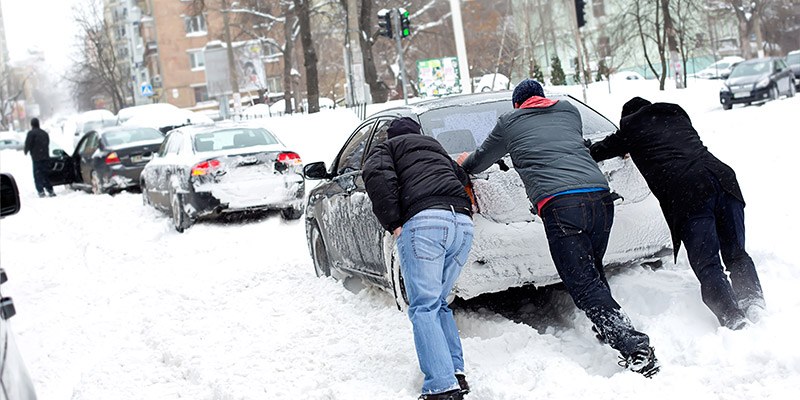Are you thinking of going on winter holidays and taking advantage to take photos?Excellent choice. Photographing in winter offers many opportunities for photographers.
You have a great opportunity to diversify your portfolio, test your knowledge in a completely different place and always make amazing images during the tour.
- However.
- For everything to work out.
- You need to provide basic care for your well-being.
- Your team.
- And also the choices you’re going to make.
See this article 5 essential tips for those who want to take pictures in the snow and rely on stunning images. Follow these tips and make your winter trip even more profitable and special.
The first point is to protect yourself from the cold and try to be as comfortable as possible. This may seem like a simple and obvious trick, but if you’re not used to harsh winter conditions, you can underestimate this point.
Buy clothes adapted to extreme cold, you prefer those worn by athletes, dress in layers, so that the fabric that will come into direct contact with the skin is as warm as possible.
Also, don’t forget to protect the most sensitive areas, often exposed to these conditions, such as the hands and neck, protect them so as not to lose sensitivity, in the case of hands, and end up accidentally dropping the camera.
It’s important to take care of your safety and well-being in these extreme conditions, so just go out and photograph in the snow when you’re really ready, plus if you don’t know the area hire an experienced guide to accompany you. and avoid the unexpected.
Your camera also deserves special attention when shooting in winter, especially when it’s raining or outdoors. Bad weather can generate moisture inside the equipment or even a thermal shock, so there is little care.
Protect your camera with a raincoat when it snows, even if there seems to be little snow. When storing it in your bag, try to put a silica bag together to remove moisture from the package.
When exposing the equipment to snow or extreme cold, avoid causing thermal shock in the chamber. To do this, gradually adjust the device to the low temperature: first take it out of the bag and leave it out for a while, then take it out to take the photos and so on.
In addition, avoid storing the camera in your bag at any time or entering and leaving indoor spaces, this can cause condensation in the equipment due to temperature variation, which is nothing more than steam (like steam coming out of our mouth when talking about the cold) becoming water and humidity Be very careful!
Extreme white color can alter camera measurements in automatic mode, which can leave the image overlaid due to this or completely eliminate landscape features and scene details.
Therefore, use the camera in manual mode to have full control over the composition. Test exposure, white balance, shutter speed, and aperture. Run tests until you find the setting that fits what you want.
You can’t talk about ideal settings and parameters in this type of photography, because there are many variables in this environment, so what works today for one photographer can be a disaster for another morning, so look for your own favorite settings!
However, keep in mind that you’ll need to master your camera’s manual settings and understand, at least a little bit, how these buttons work.
Neutral density filters and polarizers are good allies when recording, these accessories help minimize snow-white, enhance or reduce shadows, and help use double exposure in the same photo.
Other common uses of filters are to darken the sky, give more definition to the clouds, add more saturation to the scene, etc. , in the end they are incredible allies of the photographer not only in photos in the snow but in other photographic styles.
That’s why filters are essential accessories in your photographer’s bag, so don’t forget to buy them before embarking on an icy adventure and putting them in your travel bag, plus don’t forget to carry more than one filter in case something unexpected happens. happens along the way.
The camera battery tends to discharge faster in ice environments. The general rule is that the lower the temperature, the faster the battery loses power.
When you think about it, you don’t want to run the risk of running out of battery and losing great photos, do you?So add extra batteries to your photo equipment bag and be careful.
To prevent additional batteries from being discharged, try storing them in warmer areas. You can put them inside your clothes, for example, near your body to keep them warm and protected from the cold.
If you’re camping in a snowy area, you can also leave them in the tent next to the fire, however, keep in mind that they shouldn’t be too far from you, so you can use them whenever needed. It doesn’t cost anything to reinforce it so it doesn’t get too close to the fire, as it can damage the batteries or even cause fires.
Now that you’ve seen the best tips for showing off your photos in the snow, it’s time to embark on this adventure and capture great pictures. Apply everything you’ve learned here to increase your chances of success.
Have you ever taken pictures in the snow and would like to share your experiences with us?Leave your comment below and interact with other photographers, this exchange is welcome.

